LEARNING OUTCOMES
You will learn how the microphysical properties of the medium (gas and dust) are linked to the macroscopic radiative transport of energy.
You will understand the common approximations (such as local thermodynamic equilibrium or the large-velocity-gradient approximation) that are used to analyse astronomical observations of radiation.
You will know the common implementation principles of the programs that are used in detailed astronomical radiative-transfer modelling.
You will able to use existing radiative-transfer programs to model observations of dust continuum (extinction, scattering, and emission) and spectral-line radiation.
CONTENT
The course covers the use of radiative transfer methods in the modelling of astrophysical sources. We will start by examining how the micro-physical properties of the medium - gas and dust - are linked to the interactions with radiation. We will then examine some common approximations used in numerical radiative transfer before studying the more exact radiative transfer modelling, especially with Monte Carlo simulations. The course includes practical work with radiative transfer software and (as part of report work) possibly even the writing of a simple radiative transfer program of one's own. The topics include: radiative transfer equation; local thermodynamic equilibrium (LTE); escape-probability formalism and the large velocity gradient (LVG) approximation; radiative transfer calculations for dust continuum; radiative transfer calculations for line emission; Monte Carlo radiative transfer methods; radiative transfer on parallel machines and GPUs; software for radiative transfer modelling.

